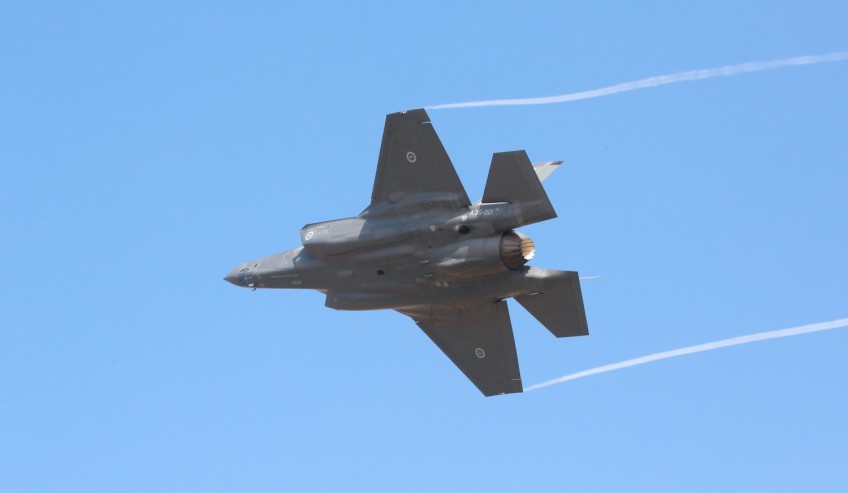Lockheed Martin’s PAC-3 missile used F-35 track data to intercept a surrogate cruise missile as part of a US Army flight test by the US Army Integrated Air and Missile Defense Battle Command System (IBCS).
The F-35 track data was combined with additional sensor data, which allowed the Northrop Grumman made IBCS to use Lockheed Martin’s Hit-to-Kill technology and intercept the missile system. The F-35 was used as an elevated sensor.
The F-35 track data was first combined with a virtual PAC-3 during Orange Flag Evaluation (OFE) 19-2 in 2019.
Brenda Davidson, vice president of PAC-3 programs, welcomed the chance to partner the Hit-to-Kill interceptor with the F-35.
“Threats continue to evolve, and it’s important that we always stay ahead of them. This flight test shows the impact of what we can do in Joint All Domain Operations when we use the US Army’s IBCS and airborne communications gateways to bring together the world’s only combat-proven Hit-to-Kill interceptor with the world’s most advanced fighter jet,” Davidson said.
The announcement comes shortly after Lockheed Martin announced changes to their F-22 leadership team, with Kevin Smith to replace OJ Sanchez as the vice-president of the company’s F-22 program. OJ Sanchez moved to the role of vice president and general manager of the Integrated Fighter Group, which looks after both the F-16 and the F-22.
“Kevin’s integrated experience across our platforms paired with his fighter pilot background will allow him to lead and partner with the F-22 enterprise,” Sanchez said.
“This position will build on the Raptor’s dominant foundation to deliver the air power solutions of the future.”
[Related: Lockheed Martin announces changes to F-22 leadership team]






